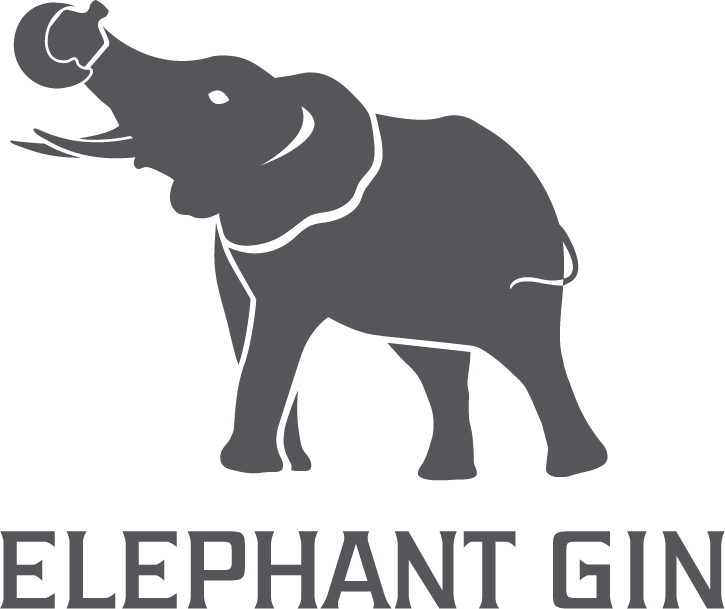- Choosing a selection results in a full page refresh.
- Opens in a new window.
Whitecap

Cynthia Moss, a pioneering African elephant researcher in Amboseli, Kenya, not only identified elephants, categorised the region they are from and what family they are born into, but she also organised each elephant family alphabetically, and every member of that family was named using those letters.
For example: all the elephants from the WA family in Amboseli have a name beginning with the letter W. The first elephant to be recognised in this family was a beautiful female named Willa, born in 1958. From her came seven generations of WA elephants, who have withstood near elimination from severe droughts and instances poaching.
Whitecap was born to Wouri in February 2007 and thrived as a calf, as the conditions were good for the WAs and for most of the Amboseli families. Then in 2009, Amboseli experienced the worst drought in living memory. At the same time the demand for and the price of ivory had skyrocketed especially in China. The poaching stroke back for the first time in many years.
By the end of 2009, 83% of the wildebeests, 71% of the zebras, and 61% of the buffaloes had died. Close to 400 elephants perished from both the drought and the upsurge in poaching. The problem was that there was almost no vegetation left to eat. Amboseli always has fresh water because of the underground rivers coming from Kilimanjaro. These rivers create permanent swamps in the Park. So the animals did not die of thirst but rather from hunger. Calves, due to lack of vegetation and low levels of mother’s milk tend to be the first to give in – Whitecap luckily survived the draught and today with the rest of the WAs is thriving – and still providing very important data for the researchers. They travel farther than the study has thought and go to areas they will need to protect in the future.
Photo copyright and text: Cynthia Moss & Amboseli Trust for Elephants


